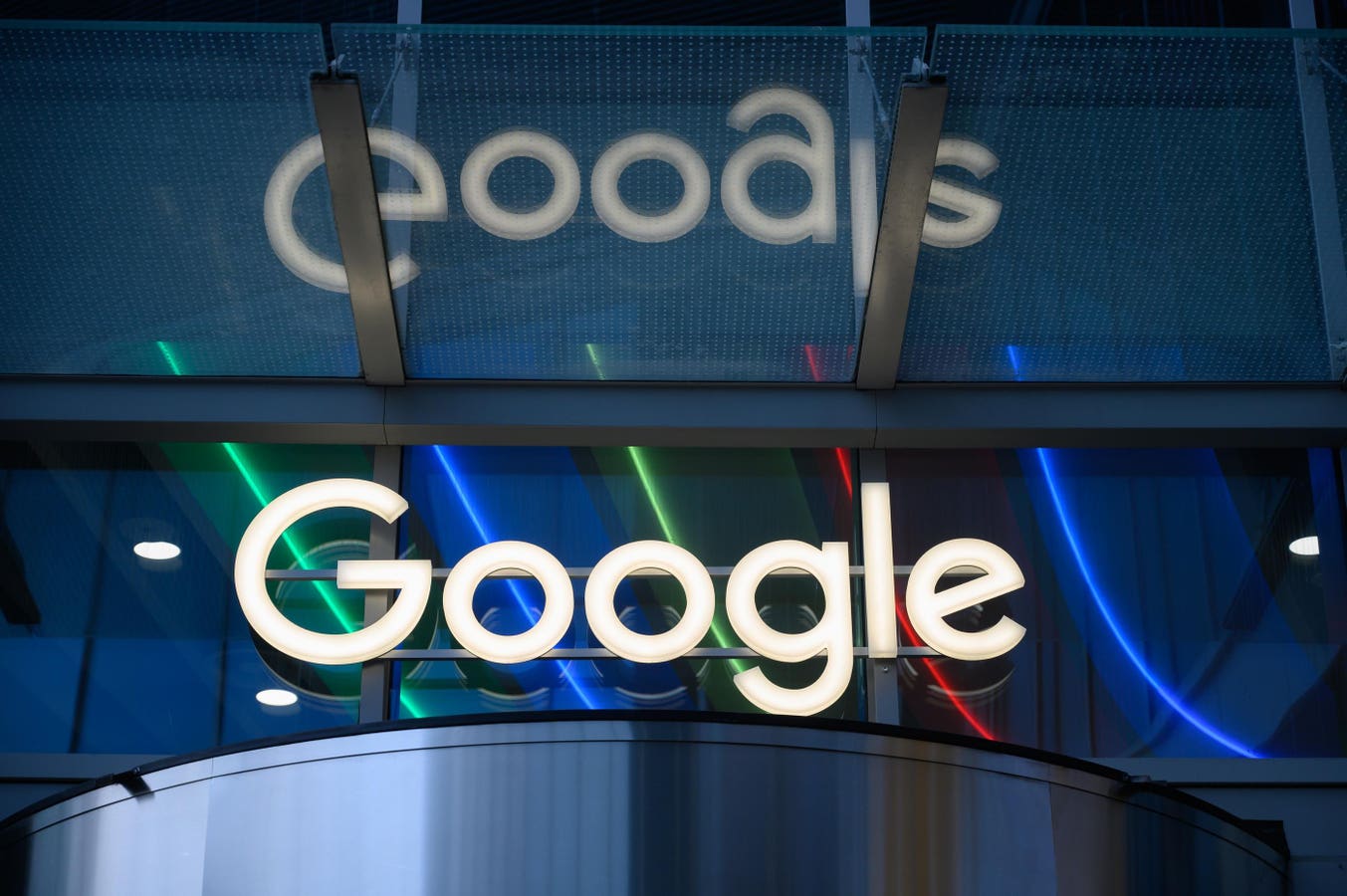Is Google Stock Undervalued At $156?
Is GOOGL stock an attractive investment at $156? Despite an 18% decline this year, Alphabet (NASDAQ:GOOGL) presents a compelling opportunity. Investor apprehension, fueled by potential trade tensions and tariff concerns, has created an entry point that belies the company’s strong fundamentals. This article will delve into Google’s valuation, comparing it with its operating performance, financial standing, and resilience during economic downturns. We will examine key metrics to determine if the current price accurately reflects Google’s long-term potential, particularly considering its advancements in AI and cloud computing.
This analysis will cover Google’s valuation relative to the S&P 500, its revenue growth, profitability, financial stability, and performance during past economic downturns. By assessing these factors, we aim to provide a comprehensive view of GOOGL’s investment prospects, helping you decide whether the current price represents an undervaluation. Let’s explore the data and insights that support the argument for Google as a worthwhile addition to your portfolio.
How Does Google’s Valuation Look vs. The S&P 500?
When assessing Google’s valuation compared to the broader market, it appears slightly expensive based on price-to-sales (P/S) and price-to-earnings (P/E) ratios. However, it’s essential to consider Google’s growth potential and profitability.
- Alphabet has a price-to-sales (P/S) ratio of 6.0 vs. a figure of 3.2 for the S&P 500
- Additionally, the company’s price-to-operating income (P/EBIT) ratio is 18.7 compared to 24.3 for S&P 500
- And, it has a price-to-earnings (P/E) ratio of 16.8 vs. the benchmark’s 24.3
While these metrics suggest a premium, Google’s superior growth rate and higher profit margins may justify the higher valuation. Investors should weigh these factors when determining whether GOOGL stock is attractively priced.
How Have Google’s Revenues Grown Over Recent Years?
Google’s revenues have demonstrated significant growth over the recent years, outpacing the S&P 500. This growth is a critical factor in assessing the company’s potential for future returns.
- Alphabet has seen its top line grow at an average rate of 10.8% over the last 3 years (vs. increase of 6.3% for S&P 500)
- Its revenues have grown 13.9% from $307 Bil to $350 Bil in the last 12 months (vs. growth of 5.2% for S&P 500)
- Also, its quarterly revenues grew 11.8% to $96 Bil in the most recent quarter from $86 Bil a year ago (vs. 5.0% improvement for S&P 500)
This consistent revenue growth indicates Google’s ability to expand its market presence and capitalize on new opportunities, making it an appealing investment for growth-focused investors.
How Profitable Is Google?
Alphabet’s profit margins are notably higher than most companies, showcasing its efficiency and strong market position.
- The operating cash flow over the last four quarters was $112 Bil, which represents a high Operating Margin of 32.1% (vs. 13.0% for S&P 500)
- The operating cash flow over this period was $125 Bil, pointing to a high OCF-to-Sales Ratio of 35.8% (vs. 15.7% for S&P 500)
These high profit margins reflect Google’s ability to generate substantial earnings from its revenue, a key indicator of financial health and investment attractiveness.
Does Google Look Financially Stable?
Alphabet’s balance sheet demonstrates exceptional financial stability, providing a solid foundation for future growth and resilience during economic downturns.
- Alphabet’s Debt figure was $25 Bil at the end of the most recent quarter, while its market capitalization is $2.0 Trillion (as of 3/26/2025). This implies a very strong Debt-to-Equity Ratio of 1.2% (vs. 19.0% for S&P 500).
- Cash (including cash equivalents) makes up $96 Bil of the $450 Bil in Total Assets for Alphabet. This yields a strong Cash-to-Assets Ratio of 21.2% (vs. 14.8% for S&P 500)
A low debt-to-equity ratio and a strong cash-to-assets ratio indicate that Google is well-positioned to manage its financial obligations and invest in future growth opportunities.
How Resilient Is GOOGL Stock During A Downturn?
GOOGL stock has shown resilience during economic downturns, often outperforming the S&P 500. This resilience is a crucial factor for investors seeking stability in their portfolio.
Inflation Shock (2022)
- GOOGL stock fell 43.6% from a high of $148.04 on 2 February 2022 to $83.49 on 3 November 2022, vs. a peak-to-trough decline of 25.4% for the S&P 500
- The stock fully recovered to its pre-Crisis peak by 23 January 2024
- Since then, the stock has increased to a high of $207.71 on 4 February 2025 and currently trades at around $165
Covid Pandemic (2020)
- GOOGL stock fell 30.8% from a high of $76.33 on 19 February 2020 to $52.83 on 23 March 2020, vs. a peak-to-trough decline of 33.9% for the S&P 500
- The stock fully recovered to its pre-Crisis peak by 10 July 2020
Google’s ability to recover quickly from market downturns underscores its fundamental strength and investor confidence.
Putting All The Pieces Together: What It Means For GOOGL Stock
In summary, Alphabet’s performance across key parameters is very strong, indicating a compelling investment opportunity at $156.
Alphabet’s current valuation of approximately 6x trailing revenues, while slightly higher than the S&P 500 average, remains marginally below its own five-year price-to-sales (P/S) ratio of 6.2x. We believe that this positioning creates an attractive entry point. The company’s promising earnings growth potential, driven by strategic AI initiatives and the continued momentum in its cloud division, suggests that a premium valuation is not only justified but potentially undervalued.
The strength of Alphabet’s performance across key business segments supports our view that Google stock represents a compelling investment opportunity at $165. The company’s ability to innovate, particularly in AI and cloud technologies, positions it to potentially expand its valuation multiple beyond historical averages, making it an attractive pick for investors seeking growth and technological leadership.

Leave a Reply